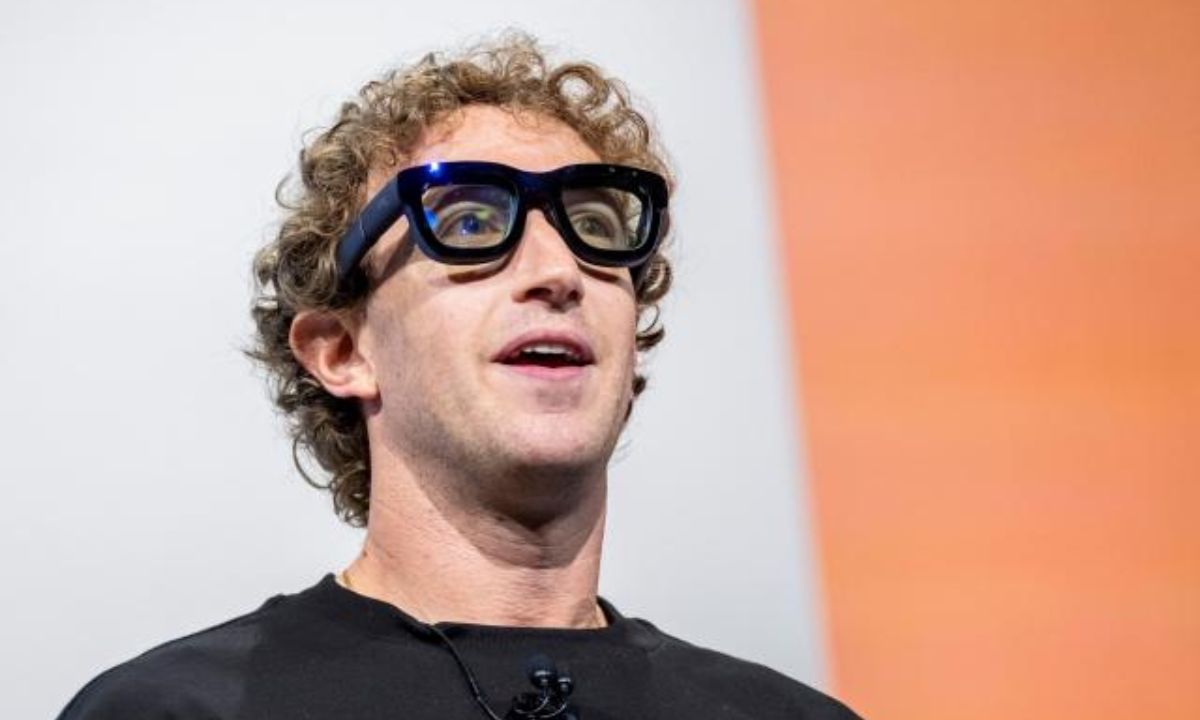A new study by the research firm Graphika has found that the fake and explicit images of Taylor Swift that recently went viral were first created and shared on the controversial website 4chan. The platform is often linked to hate speech, conspiracy theories, and offensive content made with artificial intelligence.
It Started as a “Game” Among 4chan Users
According to the researchers, some users on 4chan treated the creation of fake images of Taylor Swift like a challenge or game. They wanted to see if they could bypass the safety filters used in AI tools to create inappropriate images of famous women.
Fans Reacted, and Lawmakers Stepped In
The fake images quickly spread to other platforms, reaching millions of views. Taylor Swift’s fans defended her online, and lawmakers demanded stronger rules to stop people from misusing AI technology in this way.
Tricks to Bypass AI Safety Were Shared on 4chan
Graphika discovered a thread on 4chan where users were actively helping each other bypass the restrictions of AI image generators like DALL-E, Microsoft Designer, and Bing Image Creator. They shared tips, tricks, and even encouraged creativity in creating disturbing images.
Why Users Are Motivated to Join These Trends
Experts say that sharing this type of content in a game-like way creates a sense of community. Some people feel proud or rewarded when others praise their creations. This type of online behavior has been seen in other areas too, such as when users tried to “hunt” for fake election fraud stories before the 2022 U.S. midterm elections.
Taylor Swift Was Not the Only Victim
Cristina López G., a senior analyst at Graphika, explained that Taylor Swift was only one of many targets. The same online group has used AI tools to create inappropriate images of other celebrities, singers, and politicians.
AI Companies Respond to the Controversy
OpenAI, the company behind DALL-E, said the viral images of Taylor Swift were not made using its tools. It added that it uses filters and blocks requests involving public figures or adult content. Microsoft also said it was investigating the situation and updating its safety systems to stop such misuse.
Rules Around Fake Images Remain Weak
While fake adult content has existed since at least 2017, laws and rules to stop it are still weak. Many victims don’t have legal options. Taylor Swift’s large fanbase helped drown out the images with a wave of support, but most people don’t have that kind of help.
White House and SAG-AFTRA Speak Out
After the images went viral, White House press secretary Karine Jean-Pierre called the situation “alarming.” She criticized social media platforms for not doing enough to protect users, especially women and girls. She also shared that the Justice Department now funds a national helpline for victims of image-based abuse. The actors’ union SAG-AFTRA called the situation a theft of privacy and personal rights.
Deepfakes Used for Scams and Misinformation
AI-generated versions of Taylor Swift have also been used in scam ads, including fake promotions for Le Creuset cookware. In another case, President Biden’s voice was copied using AI for robocalls before the New Hampshire primary. Experts warn that as AI gets easier to use, these kinds of tricks could become more common.
Timeline: How the Taylor Swift Fake Images Spread
The first deepfake image of Taylor Swift reportedly appeared on 4chan on January 6. It then appeared on Telegram on January 17 and later on X (formerly Twitter) by January 18. The website 404 Media reported on January 25 that the images had gone viral after spreading from 4chan and abusive Telegram groups. The Daily Mail confirmed that a site known for posting sexualized celebrity images shared the pictures on January 15.
X Responds by Blocking Searches
In response to the controversy, X temporarily blocked searches for “Taylor Swift” to make sure all inappropriate images were removed. The company’s head of business operations, Joe Benarroch, said this was done out of “an abundance of caution.”








